Crossover is one of those car industry jargon words, probably coined for marketing presentations to the board, that we’re all expected to understand. But it doesn’t describe its subject particularly well.
It defines a car that spans two different sectors, but now typically refers to vehicles that have the rugged appearance of an SUV, but are closely related to a conventional saloon or hatchback, and have limited off-road ability.
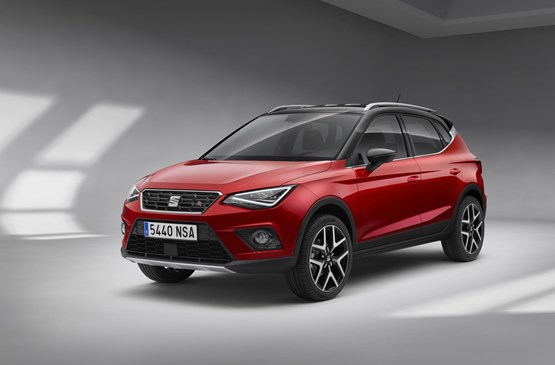
Around 15 years ago, when a car’s CO2 emissions began to play a role in how much benefit-in-kind (BIK) tax a driver was liable for, traditional SUVs with higher fuel consumption and CO2 emissions than other types of vehicle began to look expensive.
At the time, MPVs or ‘people carriers’ were still popular, with cars such as the Renault Scenic and Vauxhall Zafira, which both defined the trend for compact versions as alternatives to traditional family hatchbacks and estates, selling in significant volume.
Over the years that followed, while a number of vehicles could claim to fit into the ‘crossover’ template, the real sector growth began with the launch of the Nissan Qashqai in 2007.
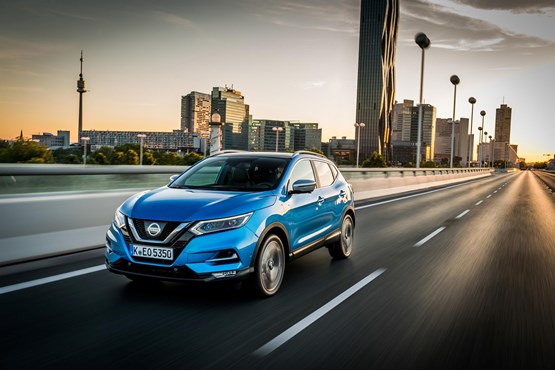
There had been an evolution of 4x4s long before the Nissan was introduced, with the Mercedes-Benz ML, BMW X5 and Lexus RX introduced in the mid-1990s (although the Lexus didn’t reach Europe until 2000).
While these cars were high-end models not accessible to most drivers, research had shown the majority of customers buying large 4x4s didn’t need to drive off road – they liked the higher driving position and the status the car had over traditional saloons or estates.
There were also more affordable offerings in the Toyota Rav4, Honda CR-V and Land Rover Freelander, while Honda’s HR-V was perhaps the earliest mainstream car in the current crossover mould, with the abbreviation.
Although equipped with four-wheel drive as an option, the handbook advised its wading depth as ‘surface water only’.
In the 1990s we also saw the introduction of what were existing estate cars with raised ground clearance, a robust-looking body kit and four-wheel drive.
The Subaru Legacy Outback (later, Subaru Outback), Volvo V70 XC, and Audi A6 Allroad were early examples.
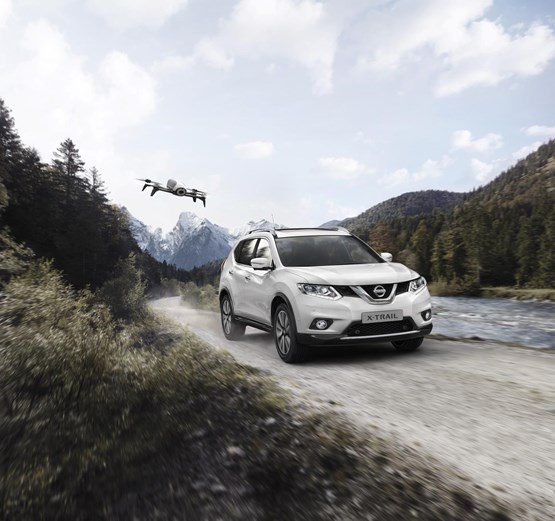
4x4s gain traction
By the time these cars had been introduced, Europeans were buying upper-medium, or D-sector cars in large numbers.
They accounted for huge volume, particularly in fleet, but also with a significant share of private buyers.
In 2000, upper-medium cars outsold SUV or crossovers (termed ‘dual purpose’ by the SMMT –Society of Motor Manufacturers & Traders) several times over.
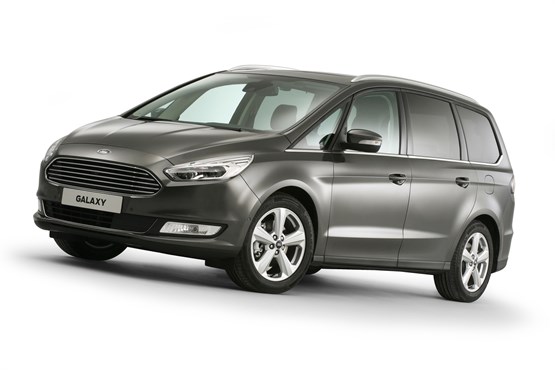
MPVs or people carriers were also selling in significant numbers.
Cars such as the Renault Espace, Chrysler Voyager, Volkswagen Sharan and Ford Galaxy were appealing as multi-purpose vehicles – family cars suitable for the school run, business journeys and weekend activities.
Unlike other European markets, UK customers preferred seven-seat versions of the C-sector MPV, and where they were offered with a five-seat alternative, such as the Renault Grand Scénic, Ford Grand C-Max, and Citroën Grand C4 Picasso, they were outselling the less accommodating variants by around two to one.
Much of the appeal seems to be in getting the most ability and features for the money. But that didn’t discourage manufacturers from downsizing the format to the B-sector.
Perhaps a significant moment in how 4x4s were perceived occurred in 2006. The cars had been the source of debate for some time and were vilified in environmental circles.
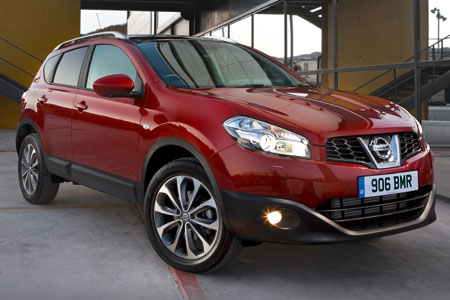
National newspaper The Independent published a front-page story with the headline ‘Enemy of the people’ and a photo of a 4x4.
The story said doctors had joined calls to penalise drivers, suggesting they were more likely to use hand-held phones while driving and less likely to wear seatbelts because of the greater feeling of being safe while on the move thanks to the elevated cabin position.
It seemed 4x4s needed a change of image, but this change was coming.
The Nissan Qashqai arrived in 2007, and while four-wheel drive versions were available, the range was predominantly front-wheel drive.
It gained the attention of company car drivers not only through its ability as a more practical family car, but also that its CO2 emissions were comparable to those C-sector and D-sector models in the same price bracket.
A year after the Qashqai’s launch, Nissan introduced a seven-seat version, which was able to steal sales from seven-seat MPVs.
CO2 emissions were similar to five-seat versions of the Qashqai, and its SUV shape made it more appealing than an MPV.
While Nissan helped start a trend in the C-sector with the Qashqai, three years later it applied the same principle in the small car sector with the Juke.
Breaking premium boundaries
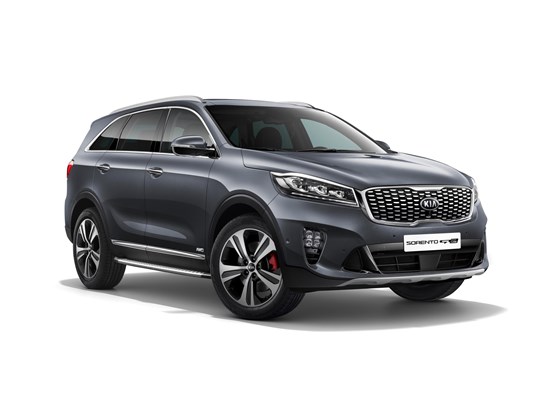
One of the first budget brand models to make an impression in the large 4x4 sector was the Kia Sorento in 2003.
It looked a little like the Lexus RX300, and could also be used as a 4x4 workhorse with a separate chassis and good towing ability.
But fast forward to 2015 and the third-generation Sorento, which has evolved to monocoque construction – like a car rather than an authentic 4x4 – and a seven-seater, enabling Kia to drop the Sedona large MPV.
While entry level models with five seats started at less than £30,000, the higher grade KX3 and KX4 models were around £36,000 and £41,000 respectively, breaking new ground for Kia in its target audience.
While many in the automotive media thought Kia was being too ambitious, within a few months, the former budget brand was reporting that more than 50% of Sorento sales were of the higher KX3 and KX4 variants.
Cars such as the Hyundai Santa Fe, Škoda Kodiaq and SsangYong Korando are capable of blurring what people see as the boundaries between mainstream and premium because they are crossovers.
The future
Perhaps Peugeot illustrates the most overt example of the decline of MPVs alongside prospering crossovers.
In 2008 it launched the 3008 – a direct rival for the Renault Scenic and an alternative to the Citroën C4 Picasso.
Two years later it launched the 5008 as a rival for the Renault Grand Scenic and Vauxhall Zafira.
In 2016, the second generation 3008 had been transformed into an SUV, while the new 5008, launched this year, has become a seven-seat version of the 3008.
And Peugeot has seen fit to add ‘SUV’ to the marketing of both models, although neither features four-wheel drive.
Citroën has discontinued its C3 Picasso this year to be replaced by the C3 Aircross SUV, while Ford recently announced it would not be replacing the B-Max, but has a B-sector crossover in the Ecosport (arguably a less sophisticated car than the B-Max).
Vauxhall has joined a partnership with new parent PSA to boost its crossover range alongside the successful Mokka X, with the Crossland X and Grandland X.
According to the SMMT, in the decade from 2006-16, crossovers (dual purpose vehicles) grew by 149.1%.
In the same period, upper medium cars (which includes premium models such as the BMW 3 Series, Audi A4 and Mercedes-Benz C-Class) declined by 34.8%, with mainstream favourites such as the Ford Mondeo, Vauxhall Insignia, and Volkswagen Passat falling victim to the rise of crossovers, the growth of premium brands and downsizing.

Sarah Symcox business sales operations manager, Volvo
New XC40 completes global Volvo line-up for fast-growing premium SUV segment.
On 21 September, Volvo Cars announced the expansion of its SUV line-up with the launch of its new XC40 small premium SUV.
The arrival of the XC40 means that, for the first time in its history, Volvo Cars has three new, globally-available SUVs in what is the fastest-growing segment of the automotive market, paving the way for further growth in terms of sales and profitability.
In terms of technology, the XC40 brings the award-winning safety, connectivity and infotainment technologies known from the new 90- and 60-series cars to the small SUV
segment. Like its larger siblings, the XC40 highlights the transformational effect of these new in-house-developed technologies on the Volvo brand and its profitability.
These technologies make the XC40 one of the best-equipped small premium SUVs on the market.
Safety and driver-assistance features on the XC40 include Volvo Cars’ Pilot Assist system, City Safety, Run-off Road Protection and Mitigation, Cross Traffic Alert with brake support, and the 360° camera that helps drivers manoeuvre their car into tight parking spaces.
The XC40 also offers a radically new approach to storage inside the car.
Ingenious interior design provides XC40 drivers with, among other things, more functional storage space in the doors and under the seats, a special space for phones (including inductive charging), a fold-out hook for small bags and a removable waste bin in the tunnel console.




















Soakee - 19/10/2017 13:08
A crossover is a unibody SUV, which by definition MUST 4WD or AWD as an option (at least).